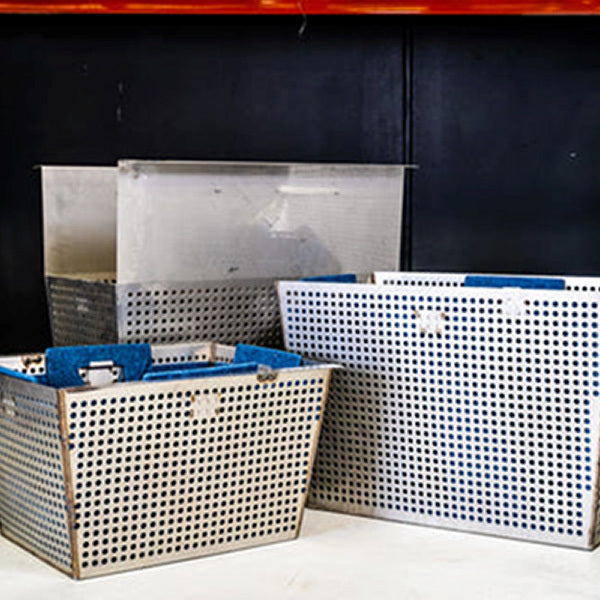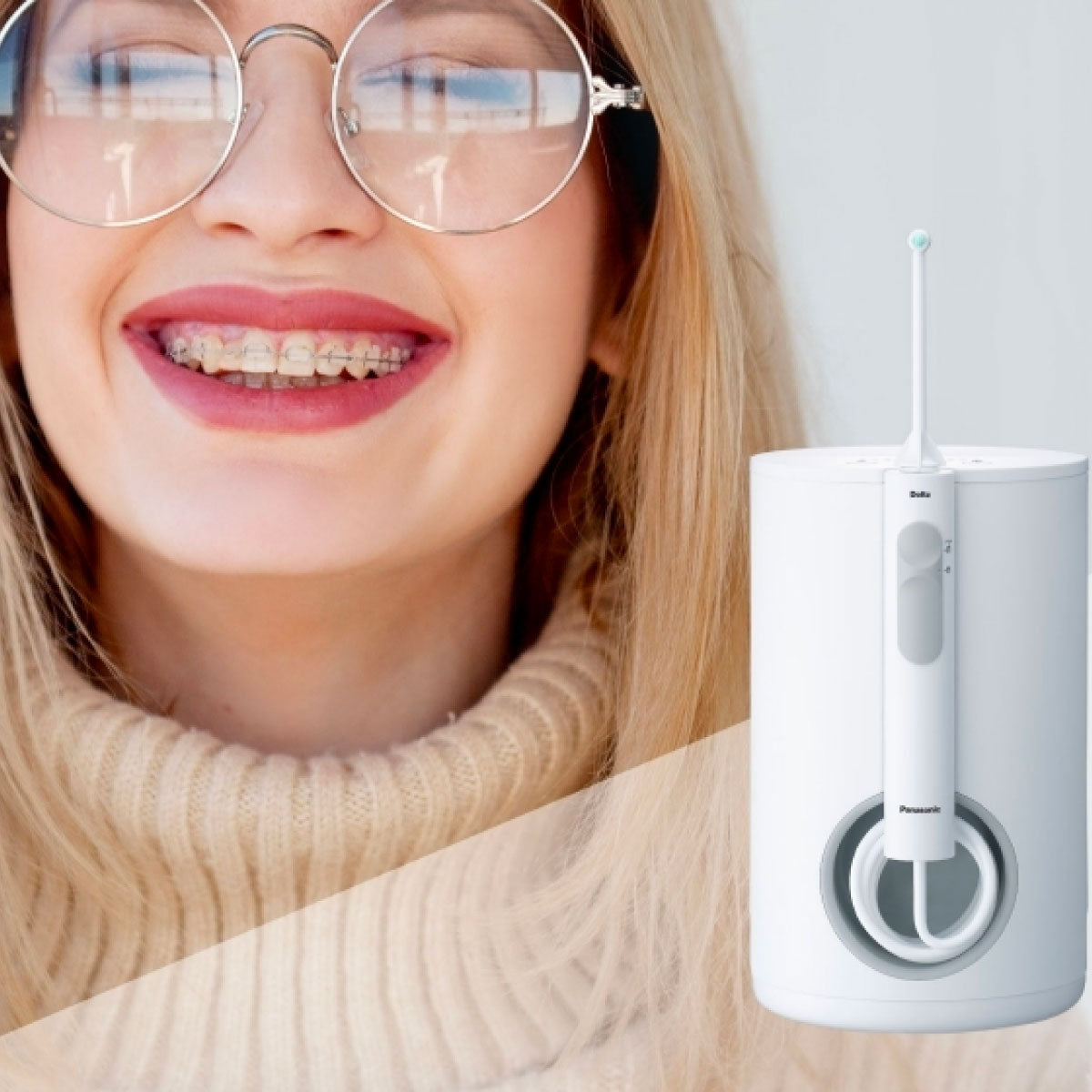The following is from the Dovepress Risk Management and Healthcare Policy journal 2021 volume 14.
Nguyen K, Bui D, Hashemi M, Hocking DM, Mendis P, Strugnell RA, Dharmage SC. The Potential Use of Hypochlorous Acid and a Smart Prefabricated Sanitising Chamber to Reduce Occupation-Related COVID-19 Exposure. Risk Manag Healthc Policy. 2021;14:247-252
https://doi.org/10.2147/RMHP.S284897
Safety and Toxicity
In terms of the safety and toxicity owing to the potential direct contact with ocular, skin and respiratory systems, stabilised HOCl has been found to be non-irritating (rabbit eye) and non-sensitising (guinea pig) in animal models.
No ocular irritation was observed when 0.013% HOCl was sprayed into the eyes of Dutch pigmented rabbits every 8 hours for 72 hours. Guinea pigs showed no evidence of dermal reaction when concentrations of 0.01%, 0.03%, and 0.10% w/v stabilised HOCl were applied topically. A 28-day toxicity study with the same concentrations as the dermal study showed no evidence of systemic toxicity.
HOCl was also found to be an effective disinfectant that was 80–200 times more effective than standard disinfecting procedures while being non-toxic to humans. Van Doremalen et al. and Galvin et al. recommended HOCl use for offices with an emphasis on its use for dental clinics and the importance of fog or mist application of the disinfection given the aerosol property of the virus.
HOCl is safe and non-toxic for human and environmental use. It is also inexpensive with the flexibility of applying methods (spray mist, fog, liquid) which makes it an appropriate candidate as a choice of disinfectant for indoor settings on a regular basis.
Conclusion
In this review on the use of stabilised hypochlorous acid (HOCl) as a potential disinfecting agent for the smart prefabricated sanitising chamber application, the current evidence on the viricidal efficacy, safety, and toxicity are presented.
HOCl stabilised at the pH of 3.5–5.5 is a weak acid which interacts with structural proteins or viral materials to inactivate micro-organisms. HOCl is currently a disinfectant for SARS-CoV-2 approved by the US Environmental Protection Association under different brands.
HOCl with a concentration as low as 20 ppm was found to be effective in disinfecting surfaces including porous rayon. Aerosolised or sprayed HOCl is effective in eliminating micro-strains such as Staphylococcus epidermidis after an exposure of 1 min to 20 mg/L (equivalent to 20 ppm). The safety and non-toxicity for humans and the environment, the low cost, and the flexibility of applying methods make HOCl an appropriate candidate of disinfectant for indoor settings such as offices, hospitals, and healthcare clinics.
Further investigations into the effect of HOCl in mist and fog form on the skin, eyes, and respiratory system especially in special settings such as the proposed smart prefabricated sanitising chamber with presence of organic materials is recommended.






